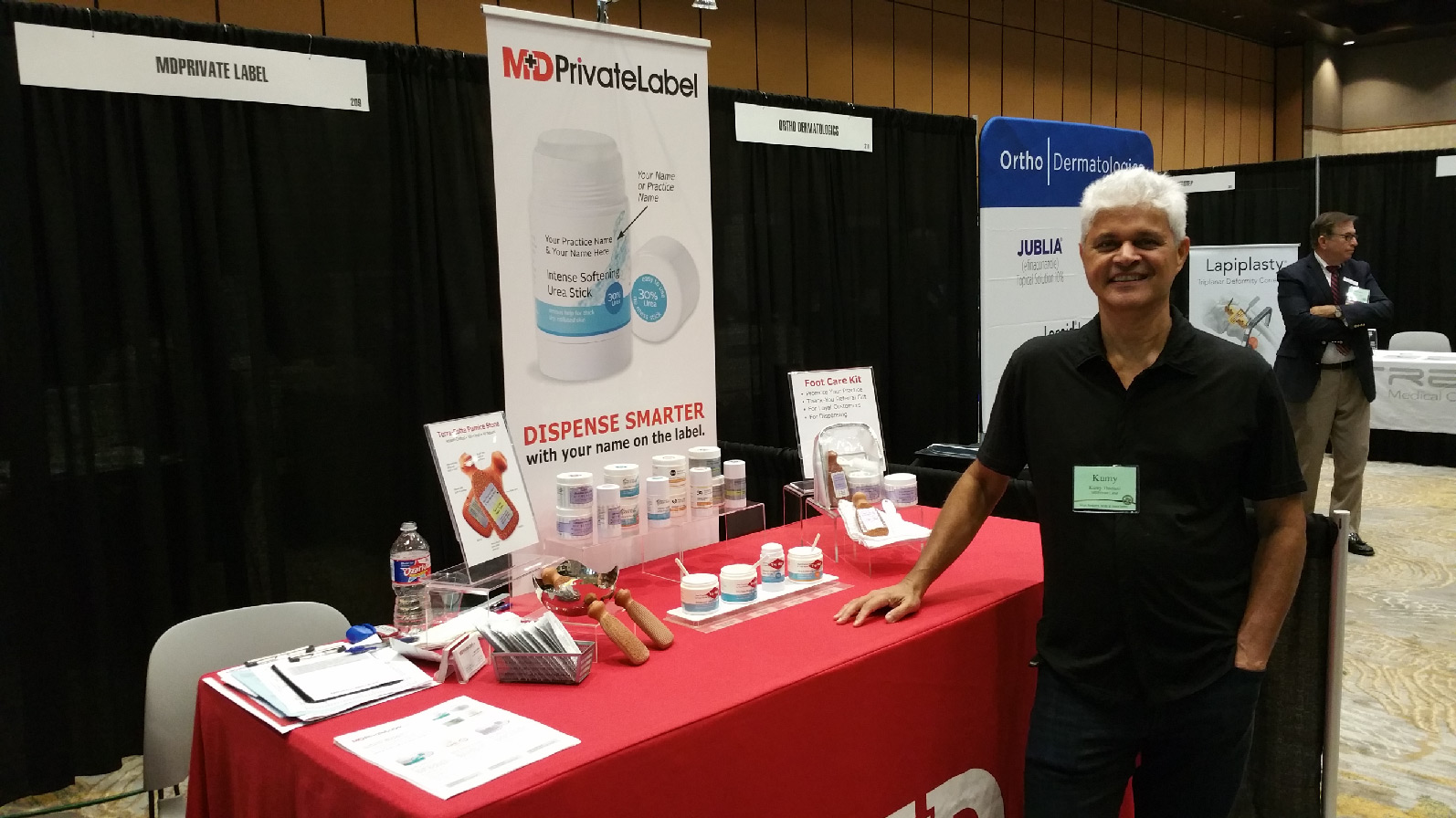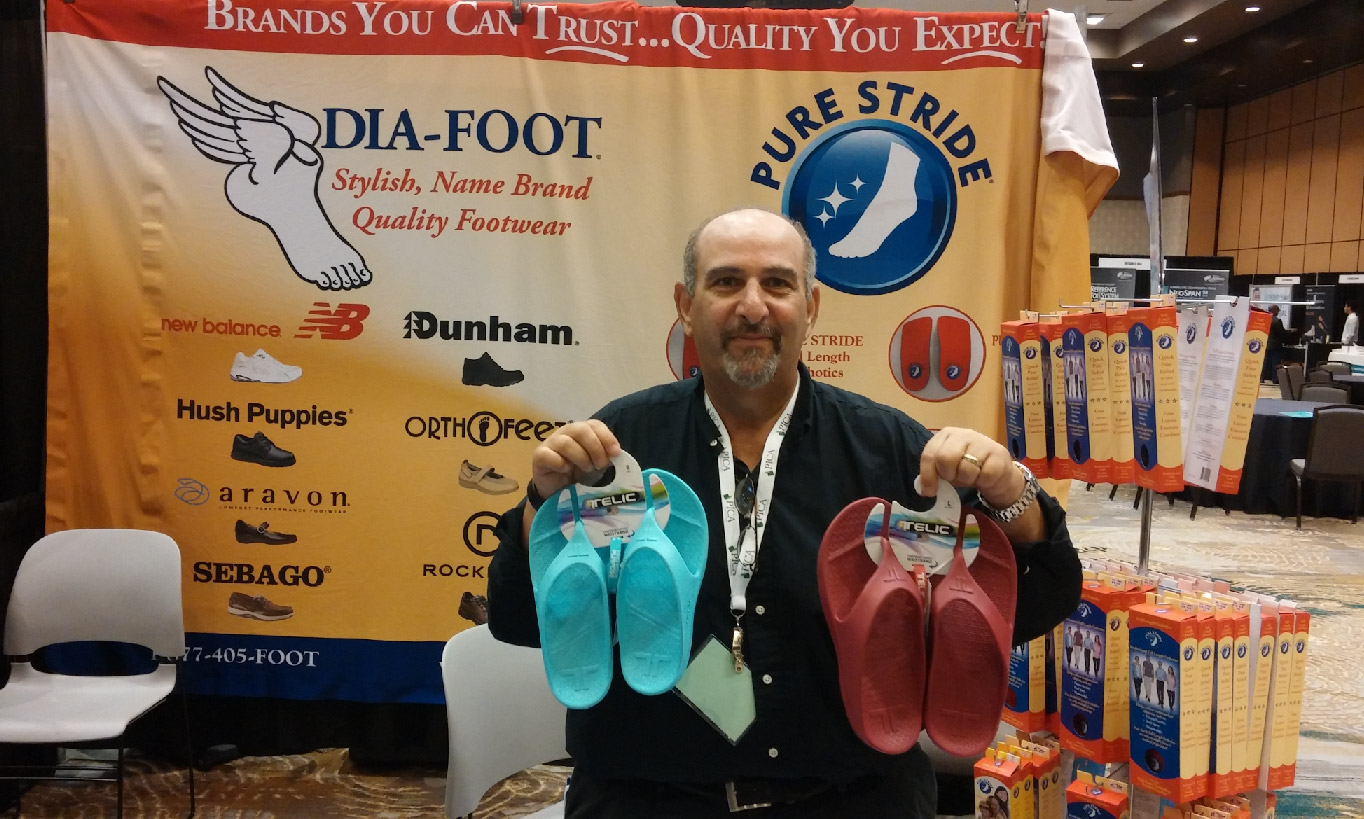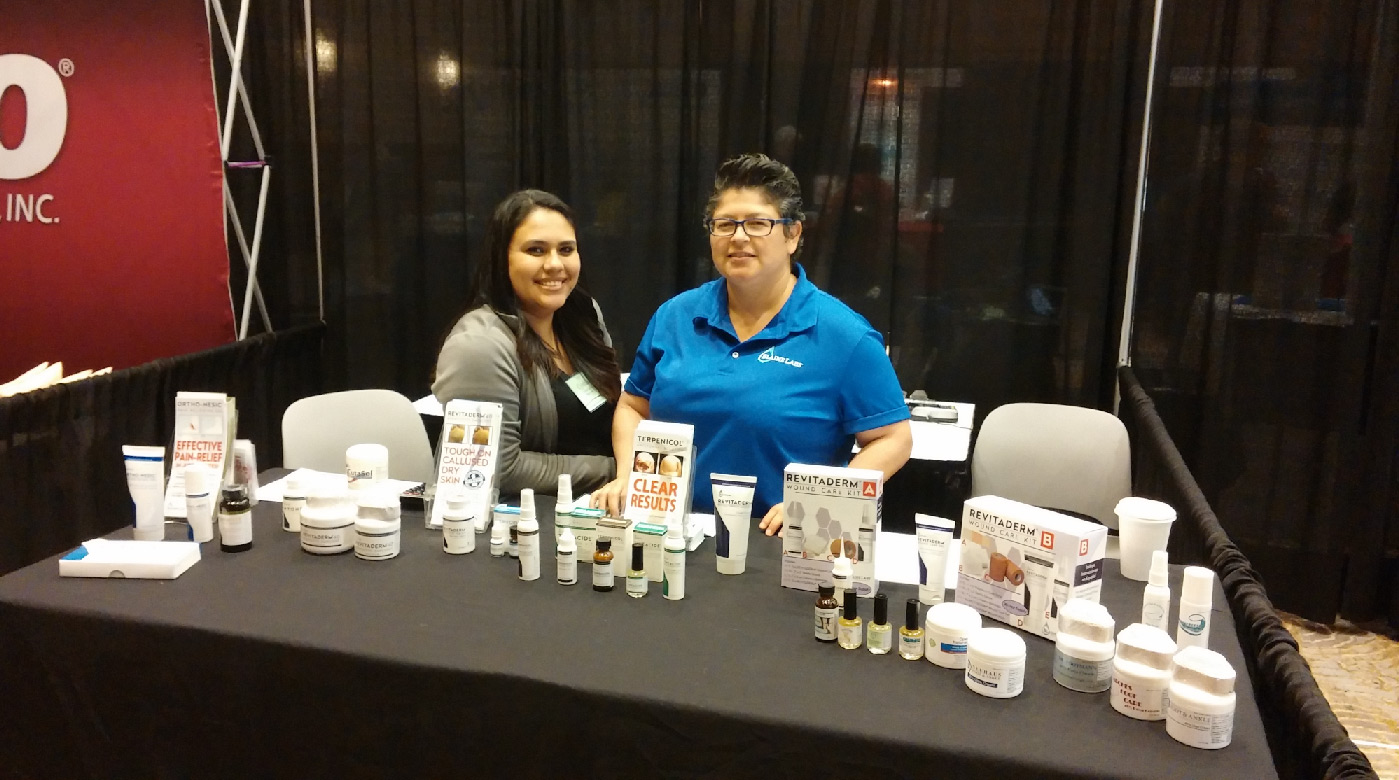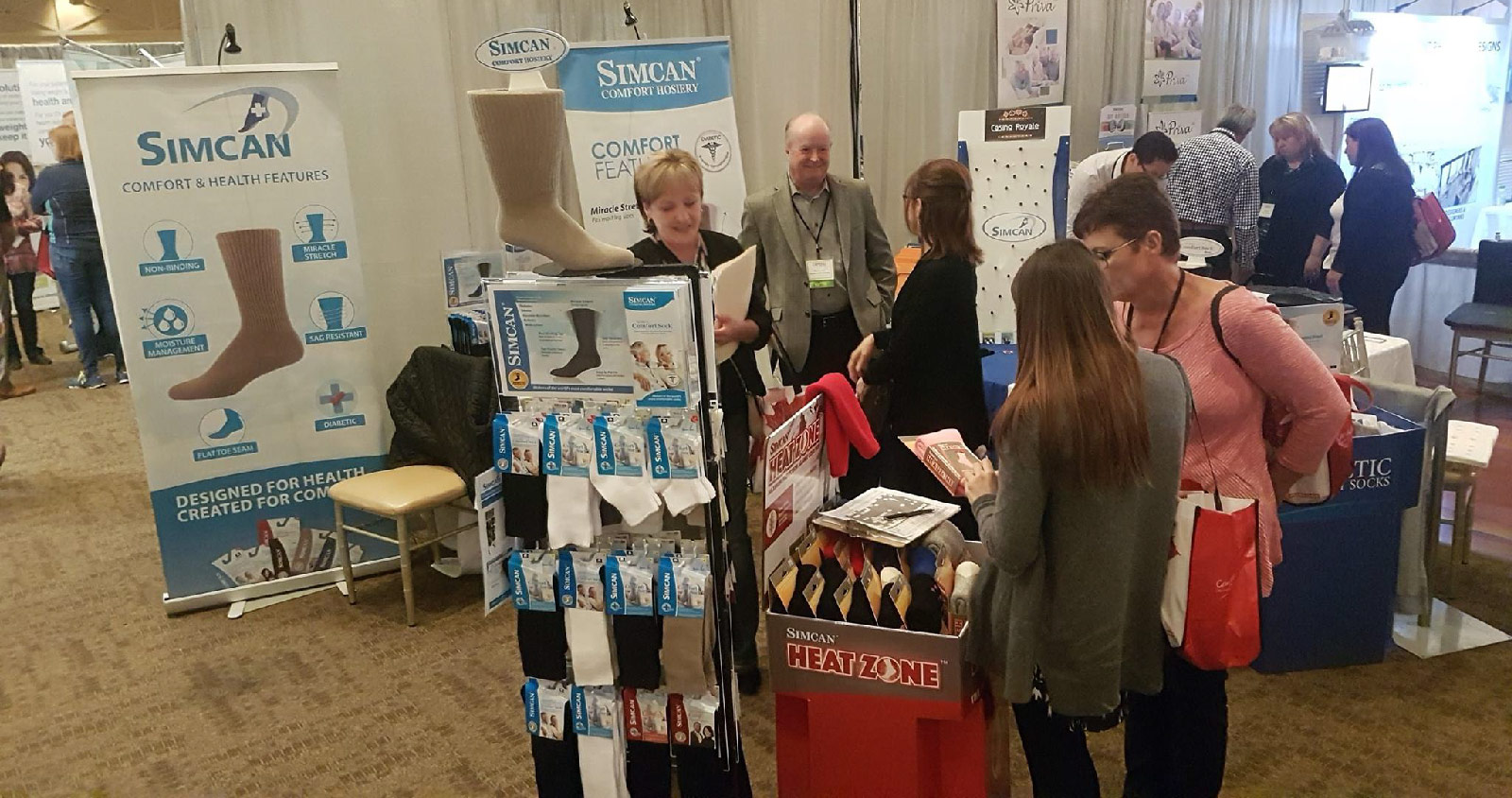As a podiatrist, you’re probably familiar with the importance of creating a positive patient experience. From a well-furnished waiting room, to friendly and polite service, it’s important to ensure patients have a pleasant and seamless visit.
But, even more important is choosing the best tools of the trade so you can provide top quality service, and enable quicker turnaround times in your practice.
In this post, we’ll focus on the podiatry bur, a tool that you most likely employ on a regular basis. The podiatry bur is such a small and seemingly insignificant part of the practice, that its importance is often overlooked.
What is a podiatry bur… and why should you care about it?
The podiatry bur is a common tool that most podiatrists use on a daily basis. It is a “small, rotating tool used in podiatry to remove layers of keratin (or other materials) from dystrophic toenails”.

There are many different types of burs on the market, and the differences between them arise from their shape (i.e. pear-shaped) and material (stainless steel, carbide, etc.).
A professional, effective bur debrides nail and callus with greater speed and precision. This allows for greater patient throughput and as a result, a more successful and efficient practice.
Podiatry bur quality
Burs come in a variety of price points and quality ranges. Less expensive burs typically are of a lower quality and hence, do not last as long. They also tend to have greater variation in stem thickness which may cause the bur to escape from the handpiece (handpieces with quick-chucks mostly have this problem). On the other hand, high quality burs remain sharp longer and require less pressure on the bur for faster debridement and less friction heat.
So, which podiatry bur should you use? That depends on what you are trying to achieve. Below are some tips on usage of the most popular European Footcare Supply podiatry burs.
Dust control with different podiatry burs
Many podiatrists are concerned about breathing airborne contaminants during nail drilling procedures – and rightfully so; it may increase the risk of a Respiratory Tract infection for the practitioner. Studies have shown that large amounts of dust become airborne during the procedure, and remain present in the air up to 10 hours afterwards.
Diamond burs produce fine dust that is evacuated easily using a good vacuum drill with a nozzle around the bur tip.
Coarse burs – such as the carbide burs – produce large particles that may escape the air flow. However, since these particles are heavier, they will fall to the floor rather than staying airborne.
Note: Spray drills are effective in binding the dust and particles with water and reducing negative health effects of airborne contaminants. They also cool the patient’s tissue with a mist of distilled water and alcohol to allow for a less painful treatment.
Nail treatment with different podiatry burs
For a light touch-up of the nail plate, a fine diamond bur will treat both the top and front edge of the nail leaving a smooth surface. One popular bur is the pear shaped 741 or the slightly narrower 745 bur.
To reduce nail in the ingrown sides of the nail a slender diamond bur like the 747 or the slightly coarser 746 bur at moderate speed will grind the nail while affecting the nearby soft tissue very little. Another bur that can be used perpendicular to the ingrown nail is a ball shaped diamond bur like the 712-23. These burs give excellent control of the bur tip so that the user can apply pressure to the bur and keep it against the nail plate.
For moderately thick nails, a coarse diamond bur like the 5894 can be used. The coarser bur grinds much faster and thins the nail plate quickly and in a very controlled manner.
Another coarse diamond is the cylinder shaped 5840-105 or the smaller 5840-060. These burs allow debriding closer to the nail’s edges and cuticle as well as under the nail.
For debridement of dystrophic nails such as thickened mycotic nails, the most efficient bur is made of carbide. The medium-coarse 429X has a straight cutting edge that allows consistent reduction of the nail plate, leaving the nail plate equally thick over its surface. This is important when a laser treatment follows the debridement or when medication is applied to the nail plate.
Once the user is comfortable with the feel of the 429X carbide bur, an even more aggressive bur like the 429 SGX can be employed.
For more information, here is a guide that shows different podiatry bur cuts and coarseness levels provided by Busch (for carbide, stainless steel and diamond burs).
A Few Notes:
- When using a carbide bur, keep the speed medium to high and approach the nail gently. This ensures the bur does not bite into the nail and does not bounce.
- It may be necessary to smooth the nail surface with a fine diamond bur after reduction with a carbide bur.
Callus removal with different podiatry burs
Bulk callus removal at high rate is best accomplished with a disposable sanding cap bur. These sandpaper caps of medium-grit fit onto the rubber head of the bur. The largest caps we recommend are 10mm and can be used up to medium speed. They do heat up and thus, require a methodical approach: the user must apply 3 strokes in one callused area and then move onto another area of the foot. The 5mm and 7mm sanding cap burs can be used on IPK’s and callus lesions with great precision avoiding soft healthy tissue around the callus lesions.
The sanding cap burs are also excellent for callus reduction around open cracks in the callus since they do not exert a pulling force on the skin, such as what occurs when a scalpel is used on callus around an open fissure.
If the user likes the sanding cap burs with rounded tips but would prefer a longer lasting bur, then the DT4880 and DT5880 Dia-Twister burs can be employed.
Other coarse diamond burs like the tapered long cylinder 5404-090 and the coarser CD5405 are also very popular since these burs have a large grinding length and a rounded tip that can reduce callus lesions and IPK’s very efficiently.
The most aggressive carbide bur is what we call the bristle-bur 32119. This bur has spines of carbide along a ¾” length with a diameter of 6 mm. It rips the callus out and the user must maintain control of this bur since it will try to pull into the tissue. This bur will also treat IPK’s and deep lesions.

In summary, it’s important to remember that choosing the right podiatry bur for the job is a decision that should not be taken lightly. Each bur has a different purpose, and of course, personal preference also plays a role when it comes to choosing the right tool for the procedure.
If you have any questions or want to discuss which tools would be right for your practice, please fill out our contact form or give us a call at 1-800-881-2243 and we’ll be happy to help!
Click here for recommended bur sterilization practices.














